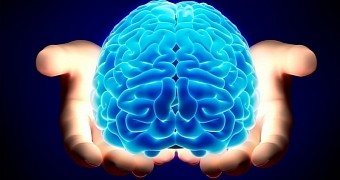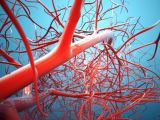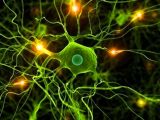Dr. Frankenstein was one seriously wacky fellow, but at least he was a fictional character. Still, it appears that some of the experiments carried out by scientists in this day and age are even freakier, and this is simply because they are real.
Not to beat about the bush, a recent paper in the medical journal Brain Injury details how, having carried out a series of experiments on laboratory mice, researchers found that using bone marrow stem cells to treat brain injuries was doable.
The investigation was carried out by scientists in Spain. It is expected that, at some point in the not-too-distant future, this researcher project will help pave the way for the development of new treatment options for disabilities resulting from brain damage.
Using stem cells to treat brain damage in mice
Writing in the journal Brain Injury, the specialists behind this research project detail that, as part of their investigation, they caused several laboratory mice to experience brain damage. They then moved on to treating the injuries they themselves had caused.
To help the rodents feel better, the scientists started by extracting stem cells from their bone marrow. For those unaware, stem cells are undifferentiated biological cells that, under certain circumstances, can grow to form virtually all types of tissue in the body.
Having obtained these stem cells, the researchers injected them into the mice's damaged brain region. At the same time, they introduced a potent antioxidant known as lipoic acid into the rodents' body, Science Daily informs.
Together with the antioxidant, the bone marrow stem cells helped the mice form new blood vessels in the damaged area and regenerate brain tissue. The scientists say that the experiments proved as successful as they did precisely because the stem cells and the lipoic acid were used in combination.
A novel way to deal with brain injuries
As mentioned, the antioxidant and the stem cells encouraged blood vessels and brain tissue to grow in the damaged areas. Specifically, the lipoic acid jump-started the process of blood vessel formation. In turn, these newly created blood vessels made it easier for tissue birthed by the stem cells to populate the region.
“They [the blood vessels] act as a kind of scaffolding to that area that allows microglia cells to migrate. In the damaged area, they contribute to regeneration,” Professor José Miguel Soria with the CEU Cardenal Herrera University said in a statement.
“The application of both treatments results into high angiogenic activity [the process of forming new blood vessels], which is crucial for an efficient recovery of the damaged brain area. The laboratory mice that recovered fastest from brain injuries were those that had a higher density of regenerated blood vessels,” the researcher added.
Together with his colleagues, Professor José Miguel Soria believes that this combination of lipoic acid and bone marrow stem cells has the potential to treat brain injuries linked to disabilities. What's more, he argues that this treatment option can even save lives.

 14 DAY TRIAL //
14 DAY TRIAL // 



